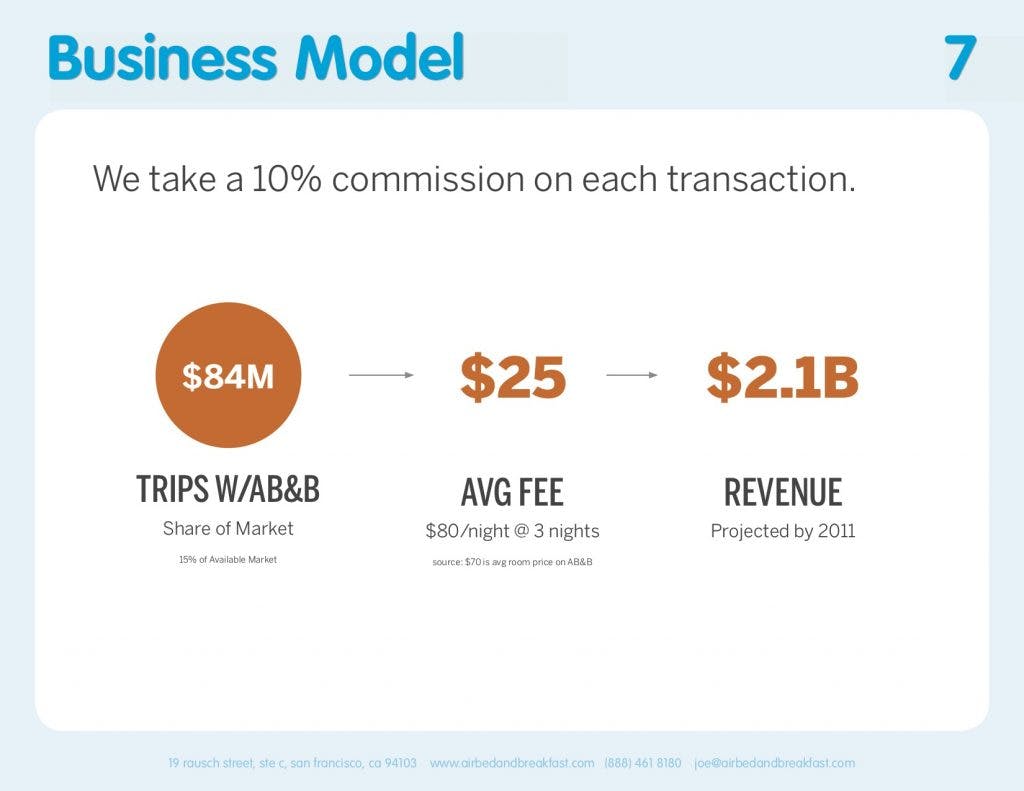How To Raise Funds for Your SaaS. Guide to get you funding.

Many startup founders underestimate the importance of finding and managing investors. They think raising funds is a marketing task, not part of their core duties. This leads to them leaving a lot of money on the table.
Raising funds is a full-time job.
You must ensure you're allocating energy to the right strategies to get the most out of your time and resources. You must also understand how to approach investors properly.
To help you out, this blog outlines some of the fundamental steps to start your fundraising journey on the right foot.
Table of contents
1. Know Your Investors
Before reaching out to them, please ensure you clearly understand who your investors are and what they want. This will help you tailor your message and make the most of your time with each investor.
For example, meeting them in person might be worth your time if you're seeking funds from a small group of local investors.
On the other hand, if your audience is made up of high-net-worth individuals who are more likely to fund projects online, you may want to consider creating a video pitch or presenting your case in written form.
Depending on your industry, your investors may be more comfortable with one format over another. You must understand your audience's needs and preferences before you reach out to them.
2. Tap Into the Power of Storytelling
The way to grab someone's attention and make them remember your pitch is by telling a story.
Stories are powerful because they convey emotions, which makes them memorable. You can use stories in your presentation to:
- Make the problem you're trying to solve more real.
- Show the results you want to achieve
- Describe what it was like when you first got started with your mission or how someone else felt when they received help from you
Another way is to share stories from other investors who have funded your SaaS to show that others care about it too. You can tell stories from the recipient's point of view (when they receive help) or even share funny ones!
3. Gather Enough of the Right Data
Collect information about the market, your potential customers, and the competition.

Gather data on:
- The size of the market you're trying to enter and how it's growing over time
- What problems do your potential customers have, and what they think about them
- How much money they're willing to spend on a solution
- How much time and effort it takes for them to solve these problems
- What other solutions are available today, both good and bad
Doing so will show potential investors that you've done your homework and know what you're doing.
In addition to gathering data as an investor, they'll also want to see that you have a plan for how your business will make money. You should be able to tell them exactly how much money will be spent on each activity and where it's coming from (e.g., sales revenue).
Lastly, don't forget about cash flow! Cash flow is a significant part of any business, and investors will want to see that you have a plan for how your company will make money.
After you've collected the data and evaluated your results, it's time to share them with your audience. You can use this information to inform their future actions and help them make decisions.
Feedback can also help you identify what worked well and what didn't—and what you might do differently next time.
Presenting data
There are several ways to present this information:
- In an email or newsletter
- On your website or blog
- At a live event (conference, panel discussion)
- In a social media post or video (if you're using Facebook, Twitter, Instagram, or LinkedIn)
This is crucial to motivate potential investors and get them excited about the idea. They need to know that you've done your homework, and they should be able to trust that you know what you're doing.
In addition, it can help them understand how important this project is for their industry as a whole—which makes them more likely to contribute.
4. Create a Pitch Deck
Create a pitch deck outlining your company's marketing plan, financials, and key metrics. This will help you pitch investors more effectively by providing them with all the information they need in one place.

You should also make sure that you know your numbers inside and out before making a pitch so that you can answer any questions they may have about your business.
The information you collected earlier will be pretty helpful at this stage.
Your pitch deck should include the following:
- The problem your company is solving and how it will make money.
- Your business plan includes how you will grow your customer base and increase sales over time.
- A breakdown of key metrics shows how your business is performing and what you need to do moving forward.
- Your financials include revenue projections for each year of operation and additional expenses (if any).
You might also want to include a section on your company’s culture and values. This will help investors get to know you better and understand how they might fit into your business.
Ultimately, the more information you can provide, the better. Many investors will take their time to review the materials you send them, so they must have everything they need in one place.
5. Solicit Funds From Potential Investors
When it comes time to ask for money, you will want to make sure your request is specific and easy for the other person to say yes to. You should also plan for what happens if your request is rejected.
Make a list of all the people you know who might be willing to invest in your business, and write down what they can bring to the table.
For example, if one investor has connections in the industry you want to enter and another has experience with similar businesses, make sure those points are highlighted in your pitch.
This will help you decide which person fits your business best.
Once you have identified some potential investors, contact them and explain what you are looking for and how they can benefit from investing in your company.
6. Follow-Up With Persistence
It's important to remember that when you ask for money, it's not just a one-time thing.
Many people will say no the first time but could change their minds if you follow up with them later.
Don't give up!
The key to getting money from investors is persistence.
You won't be able to convince someone to invest in your company on the first try, so be prepared for rejection and don't let it get you down.
The more people say no, the closer you are to finding someone who will say yes.
Besides being persistent, it's also important to be patient. Investors have a lot on their plates, so don't expect them to respond immediately.
If you don't hear back from the person, you're trying to reach within 24 hours, send them another email with an update on your business and ask if they would like any additional information.
Potential Pitfalls To Avoid When Raising Funds for Your Startup
Now that we've covered the essentials of fundraising, let's explore a few potential pitfalls to avoid:
Pitfall 1: Soliciting Funds for Your Startup Blindly
Do your research and ensure that your startup isn't just another one of hundreds or thousands of similar projects struggling to make ends meet.
You should perform a detailed market analysis beforehand to ensure that what you plan on selling exists within your chosen market and is in high demand.
Once you've completed your market analysis, present your findings and ensure you've got a minimum viable product ready for launch before proceeding.
Pitfall 2: Relying Solely on the Money You've Raised During Fundraising
Nothing is more frustrating than investing your time, effort, and money into developing a startup only to discover that your project is not viable enough.
Don't make this mistake – instead, take a few steps back and reassess your project to ensure it is realistic enough.
Once you've done so and are sure you're taking the proper steps to develop your startup, don't rely solely on the money you've raised during fundraising.
Use it only as a tool to help your startup flourish, but don't depend on it for its growth. It's important to remember that crowdfunding is just one of many ways to get your project off the ground.
There are other ways that you can use to fund your project, so steer clear from the idea of raising $1 million and thinking your work is done.
Don't allow fundraising to distract you from a larger vision – have clear goals and keep them at the front of your mind.
Pitfall 3: Relying too much on crowdfunding sites
When you begin your crowdfunding campaign, it's important to remember that while sites like Kickstarter and Indiegogo can be beneficial, they're not your only mode of advertising.
The truth is that there are many other ways to get the word out to your audience.
Don't become so focused on using these sites that you forget your other responsibilities.
Remember that crowdfunding is just one alternative to the traditional funding model.
Finding alternative sources of income will be necessary to ensure your business is booming.
Don't get me wrong – crowdfunding can be an excellent resource, but relying too much on it can leave you completely exposed and open to failure.
Conclusion
Now that you know how to raise funds for your next project, it's time to start.
Remember, don't be afraid or intimidated.
You might fail the first (or second) time, but don't let that deter you from continuing your path toward financial stability!
Anything can happen if your passion is strong enough and your heart is in the right place.

